Hindu Dharma elucidates importance of certain food items, science underlying achars to be followed during the meals (For example, eating with the right hand, using the hand for eating instead of fork-spoon, beginning the meals with dal(Split pulses)-rice, not putting anything in the plate at the end of the meals) and science underlying achars to be followed after the meals (For example, eating fennel or vida after the meals, taking a short nap in the afternoon), etc. Let us understand from this article the importance of these achars in enhancing sattvikta(Purity) in everyone through food and gaining strength from the food to serve the Nation and Dharma
1. Serving ghee on dal and
rice for purification of food
A. There is a custom of serving ghee (Clarified butter) on dal and rice for purification of food. Ghee is a food purifier and hence, it not only destroys the harmful ingredients in the food, but also the harmful substances in the stomach.
B. Ghee is considered ‘Brahmayadnya’ form of intake. In a Bramhayadnya, when sattvik (Sattva-predominant) ingredients are offered as oblation, subtle gas in the form of fire is created, through which the performer of the Yadnya receives support of superior Deities in the form of blessings. This support in the form of blessings is obtained upon eating the sattvik ingredient ghee. A meal comprising of dal-rice &ghee is considered very sattvik. Ghee is Sattva-predominant and nirgun (Non-materialised) in nature, rice is Sattva-Raja-predominant and sagun (Materialised)-nirgun in nature, while dal is Raja-predominant and sagun in nature. Therefore, their combination helps obtain the benefit of sagun and nirgun, which impart Chaitanya (Divine consciousness). The predominantly sattvik nature of ghee, activates the Sattva as well as Raja components in dal-rice, and simultaneously brings about purification of the physical as well as subtle-bodies of an individual. Therefore, by serving ghee on dal-rice, and by mixing them, the process of creating a sanskar (Subtle-impression) of Sattva component on the body through the medium of food is accomplished. Since ghee destroys the Raja-Tama particles in the respective ingredients on the basis of its sattvikta in a short period, it is a custom to begin a meal with dal and rice. A pure combination of dal, rice and ghee purifies the voids within the digestive organs thereby, making digestion of the rest of the food ingredients free of Raja-Tama Therefore, Hindu Dharma has advised a custom of serving ghee on dal and rice thereby, purifying the food as well as the voids in the physical body.
Subtle characteristics of dal-rice
- Proportion of vibrations in dal and rice : Chaitanya 2%, praṇa-shakti (Vital energy) 2%, and functional energy 3%
- The individual obtains energy upon eating dal-rice that contains a mixture of proteins (in the pulses) and carbohydrates (in the rice).
- Pulses are predominant in Raja component and rice is predominant in Sattva Their mixture, therefore, emits Raja-Sattva components.
- An ordinary individual requires functional energy (Raja component) for his day-to-day activities. He gets it from dal-rice.
- Since Earth is a Deity, the Principle of the Deity is attracted to pulses and rice while their seeds are being formed.
2. Idli, medu-vada & types of dosas
Idli, medu-vada and different types of dosas are the main items of diet in South India. These food items prepared by soaking rice & black gram overnight, grinding the mixture to make a paste and then cooking/frying. They are relished in the rest of Bharat as well as overseas. Black gram pulses contain more proteins than any other pulses. Therefore, the above mentioned food items are nutritionally excellent.
Spiritual perspective
- माषोSत्रसर्वेष्ववर: | – – Ashtangarhudaya, Sūtrasthan, Adhyaya 6, Shloka 25
Meaning : Black gram is inferior amongst all legumes.
- The proportion of Sattva component is more in green gram among the pulses and legumes, while black gram has greater proportion of Tama
3. Proportion of the three components
(Sattva, Raja and Tama) in various items
| Food item | Sattva (%) | Raja (%) | Tama (%) |
|---|---|---|---|
| 1. Honey, milk | 70 | 20 | 10 |
| 2. Items prepared from milk,ghee made from cow’s milk, esculent roots | 60 | 30 | 10 |
| 3. Ghee made from buffalo’smilk, rice, fruits | 60 | 20 | 20 |
| 4. Fruits-vegetables, and grains suchas wheat, millet, sorghum, etc. | 50 | 30 | 20 |
| 5. Leafy vegetables | 50 | 20 | 30 |
| 6. Pulses, legumes | 40 | 30 | 30 |
| 7. Fried items | 30 | 40 | 30 |
| 8. Onion | 20 | 50 | 30 |
| 9. Eggs, meat | 10 | 30 | 60 |
From the table above, we can see that the proportion of sattvikta in eggs and meat is very little and hence, from the spiritual perspective, they are not suitable as food items.

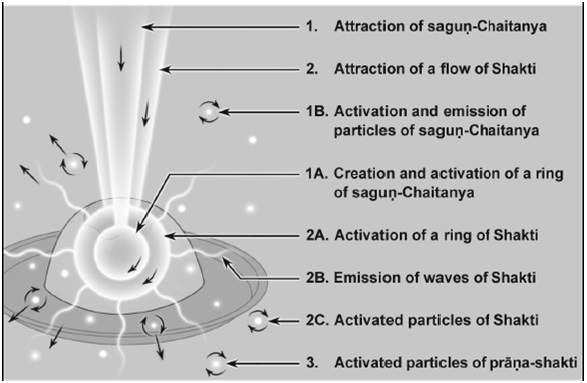
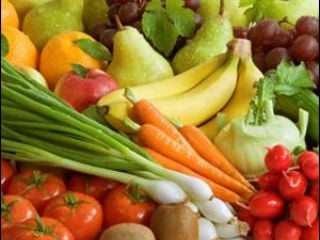 For healthy living avoid food that can cause antagonism due to contra-indications
For healthy living avoid food that can cause antagonism due to contra-indications Ill effects of artificial cold drinks
Ill effects of artificial cold drinks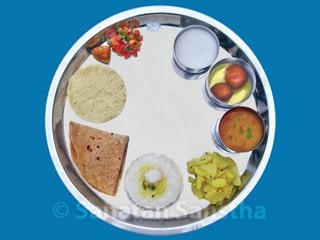 The connection between food and disease, important analysis on digestion
The connection between food and disease, important analysis on digestion The method of preparing rice is important !
The method of preparing rice is important !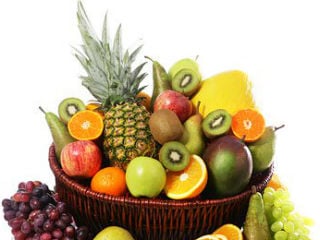 Give up junk food and embrace Ayurveda
Give up junk food and embrace Ayurveda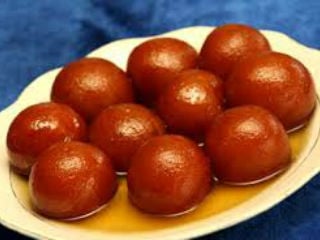 Should sweets be eaten at the beginning or end of a meal ?
Should sweets be eaten at the beginning or end of a meal ?